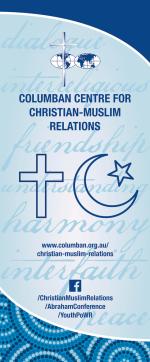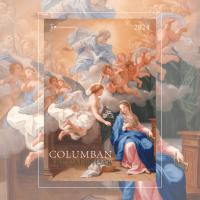 Map of Indigenous Australia.
Map of Indigenous Australia.
I now believe that this ancient Aboriginal protocol has profound connections with our contemporary work in interfaith relations. Allow me to explain.
- Aboriginal people have inhabited this land for over 65,000 years. They are the world’s oldest continuous living culture.
- They formed many societies and nations with a variety of cultures and spiritualities shaped by the various landscapes and climes – coastal, mountain, plain, island, desert and so on.
- They spoke more than 250 languages and 600 dialects.
Consequently, cultural and religious diversity is deeply imbedded in Australian history. It is part of our national DNA.
Overlaid on this ancient aboriginal diversity is our current multi-cultural, multi-religious diversity:
- More than a quarter of Australians (26%) were born overseas, just over 6 million.
- Add one or both parents born overseas and the figure jumps to nearly half (49%).
- As a result of this migration, Australians identify with more than 270 ancestries.
- Over 300 languages are spoken in Australian homes.
- We follow over 120 different religions or spiritualities.
Seeing these layers of diversity, I now believe that we cannot successfully address the issues of our current multi-religious society until we reconcile with the multi-religious diversity of the Aboriginal peoples whom we dispossessed and whose lands we colonised. Reconciliation and interfaith go hand-in-hand.
To make this connection, the Columban Centre for Christian-Muslim Relations has done the following:

- We placed an Aboriginal Acknowledgement on the front and back of the entrance door to our Centre, so that every time anyone enters or exits our office, they are reminded that they are stepping on Aboriginal land.
- An Aboriginal elder, Uncle Lexodious Dadd, carved a “message stick” especially for our Centre that conveys the message of people coming together in peace and harmony.
- We have a map of Aboriginal Australia displayed prominently on the wall of our office.
- We included an Aboriginal dot painting motif on our Centre’s promotional banner, signalling that reconciliation is foundational to our work in interfaith.
- We have included an Aboriginal Acknowledgment on our e-mail signature, so that all our communications include the message of reconciliation.

I cannot say any more than this, as this little is as much as we have done. But I suggest that Aboriginal protocols provide a treasury of resources that could fruitfully transform interfaith relations in Australia. For example:
- Acknowledgement – how different our interfaith landscape would be if we truly acknowledged believers from other religions! It would mean that we no longer see them as bereft of salvation or competitors for members or potential converts, but accept them fully in their uniqueness, similarity and difference.
- Welcome to country – how different our interfaith relations would be if we extended welcome and hospitality to others! It would mean treating others as sent by God, rather than as threats or trespassers – “Do not neglect to show hospitality to strangers, for by doing that some have entertained angels without knowing it.” (Heb 13:2) It would mean recognising them as fellow pilgrims, travelling together, sharing our respective gifts to make easier our common journey to the same heavenly destiny.
- Welcome includes waiting patiently to be received onto land, rather than trampling on others’ sensitivities – how different our multi-faith society would be if we practised patient respect for others! It would mean allowing others to speak for themselves, rather than be spoken for. It would mean not heeding negative stereotypes that give false witness (cf Ex 20:16). It would mean giving others time and space to express their faith in their own way rather than requiring them to assimilate to some pretended norm.
- … and much more.
Drawing from the ancient wellspring of Aboriginal wisdom in dealing with differences could help bring the overlaying modern multicultural, multi-religious diversity and the underlying Aboriginal multi-cultural, multi-religious diversity together into a harmonious and reconciled unity.
Fr Patrick McInerney
Director
Columban Centre for Christian-Muslim Relations in Blacktown, NSW.
Listen to "Connection between Aboriginal Spirituality and Interfaith"
Related links
- Read more from The Far East, March 2019

